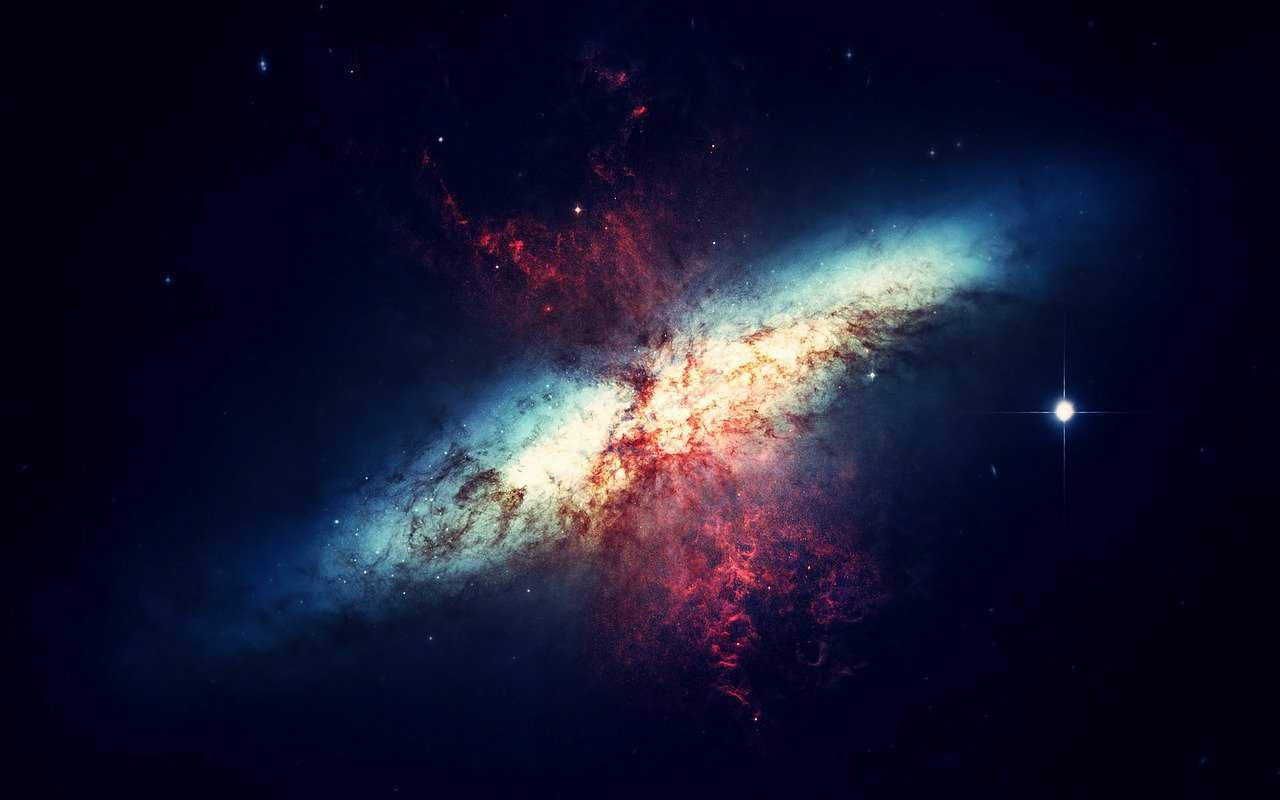The Big Bang Theory
Read in hindi click here
Big Bang Theory's factor
Big Bang Theory
Big Bang theory is an effort to explain what happened at the very beginning of our universe. Discoveries in astronomy and physics have shown beyond a reasonable doubt that our universe did in fact have a beginning. Prior to that moment there was nothing; during and after that moment there was something: our universe. The big bang theory is an effort to explain what happened during and after that moment.
According to the standard theory, our universe sprang into existence as “singularity” around 13.7 billion years ago. What is a “singularity” and where does it come from? Well, to be honest, we don’t know for sure. Singularities are zones which defy our current understanding of physics. They are thought to exist at the core of “black holes.” Black holes are areas of intense gravitational pressure. The pressure is thought to be so intense that finite matter is actually squished into infinite density. These zones of infinite density are called “singularities.” Our universe is thought to have begun as an infinitesimally small, infinitely hot, infinitely dense, something. After its initial appearance, it apparently inflated (the “Big Bang”), expanded and cooled, going from very, very small and very, very hot, to the size and temperature of our current universe. It continues to expand and cool to this day and we are inside of it: incredible creatures living on a unique planet, circling a beautiful star clustered together with several hundred billion other stars in a galaxy soaring through the cosmos, all of which is inside of an expanding universe that began as an infinitesimal singularity which appeared out of nowhere for reasons unknown. This is the Big Bang theory.
Evidence for the Theory
First of all, we are reasonably certain that the universe had a beginning.
Second, galaxies appear to be moving away from us at speeds proportional to their distance. This is called “Hubble’s Law,” named after Edwin Hubble who discovered this phenomenon in 1929. This observation supports the expansion of the universe and suggests that the universe was once compacted.
Third, if the universe was initially very, very hot as the Big Bang suggests, we should be able to find some remnant of this heat. In 1965, Radio-astronomers Arno Penzias and Robert Wilson discovered a 2.725 degree Kelvin (-454.765 degree Fahrenheit, -270.425 degree Celsius) Cosmic Microwave Background radiation (CMB) which pervades the observable universe. This is thought to be the remnant which scientists were looking for. Penzias and Wilson shared in the 1978 Nobel Prize for Physics for their discovery.
Finally, the abundance of the “light elements” Hydrogen and Helium found in the observable universe are thought to support the Big Bang model of origins.
The Only Plausible Theory
Is the standard Big Bang theory the only model consistent with these evidences? No, it’s just the most popular one. Internationally renown Astrophysicist George F. R. Ellis explains: “People need to be aware that there is a range of models that could explain the observations. For instance, I can construct you a spherically symmetrical universe with Earth at its center, and you cannot disprove it based on observations, you can only exclude it on philosophical grounds. In my view there is absolutely nothing wrong in that. What I want to bring into the open is the fact that we are using philosophical criteria in choosing our models. A lot of cosmology tries to hide that.’’
In 2003, Physicist Robert Gentry proposed an attractive alternative to the standard theory, an alternative which also accounts for the evidences listed above.5 Dr. Gentry claims that the standard Big Bang model is founded upon a faulty paradigm (the Friedmann-lemaitre expanding-spacetime paradigm) which he claims is inconsistent with the empirical data. He chooses instead to base his model on Einstein’s static-spacetime paradigm which he claims is the “genuine cosmic Rosetta.” Gentry has published several papers outlining what he considers to be serious flaws in the standard Big Bang model.6 Other high-profile dissenters include Nobel laureate Dr. Hannes Alfvйn, Professor Geoffrey Burbidge, Dr. Halton Arp, and the renowned British astronomer Sir Fred Hoyle, who is accredited with first coining the term “the Big Bang” during a BBC radio broadcast in 1950.





0 Comments
Thank you for joining. We Will contact you soon